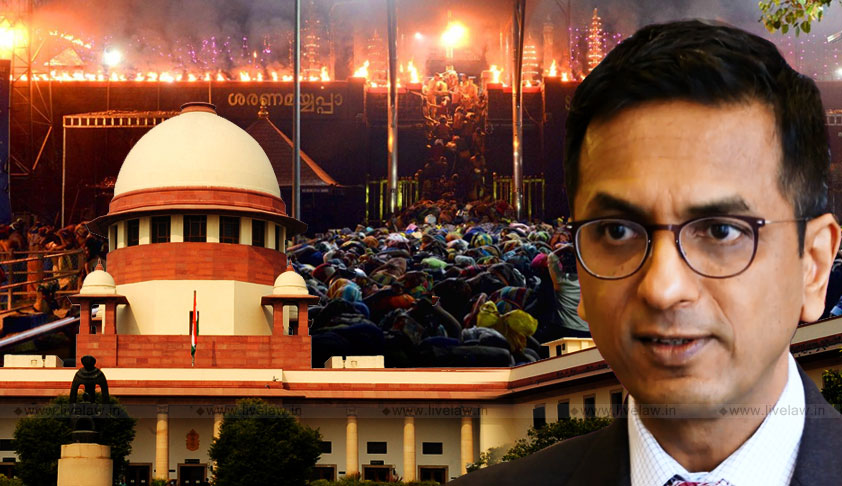Social Exclusion Of Women, Based On Menstrual Status, Is A Form Of Untouchability: Justice DY Chandrachud
Ashok kini
28 Sept 2018 8:57 PM IST

Next Story
28 Sept 2018 8:57 PM IST
“Women have a right to control their own bodies. The menstrual status of a woman is an attribute of her privacy and person. Women have a constitutional entitlement that their biological processes must be free from social and religious practices, which enforce segregation and exclusion. These practices result in humiliation and a violation of dignity.”The judgment by Justice Dhananjaya...
